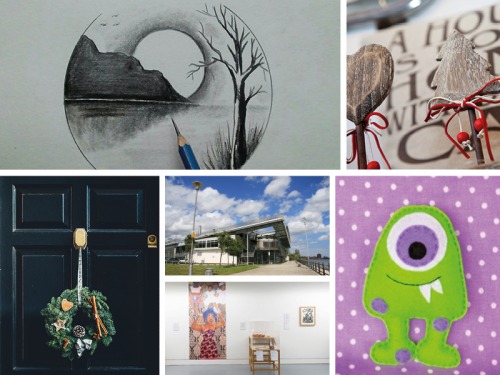We Explore the North's Industrial Heritage at The Common Room in Newcastle
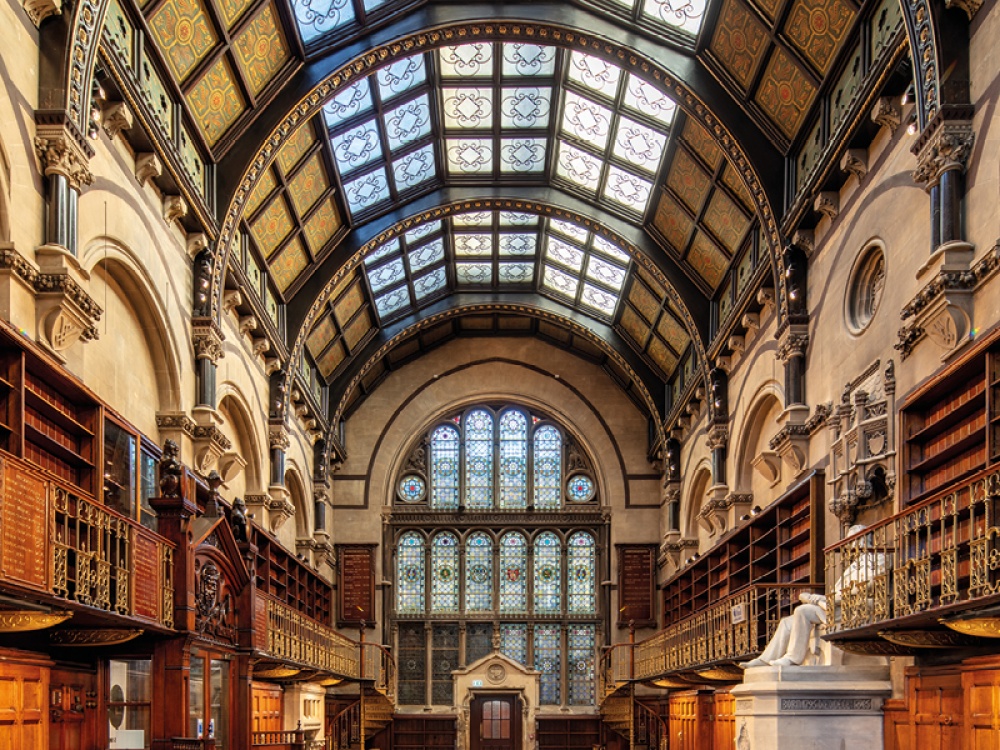
As it celebrates two milestones, Living North’s Publisher and Arts Editor explore The Common Room in Newcastle to get a better insight into the North’s industrial heritage
This year, The Common Room is celebrating 170 years of The Mining Institute and 150 years of Neville Hall on Westgate Road, the building in which it is based (which has, over the years, welcomed some of the region’s most influential innovators). The Common Room of the Great North (to give it its full title) is a new charity which was formed to lead the restoration of Neville Hall. With the restoration now complete, there’s plenty to discover inside, so we’re keen to take a look, guided by Chief Executive Liz Mayes.
The Common Room was established in 2017 to lead the redevelopment and manage the assets of The Mining Institute, supported by the National Lottery Heritage Fund. The institute itself was founded in 1852 by the most important Northern scientists and engineers. An increasing number of mining accidents and deaths in communities, coupled with a growing demand for coal due to the industrial revolution, led them to try to resolve this issue of safety. The institute gave them the strength in numbers they needed.
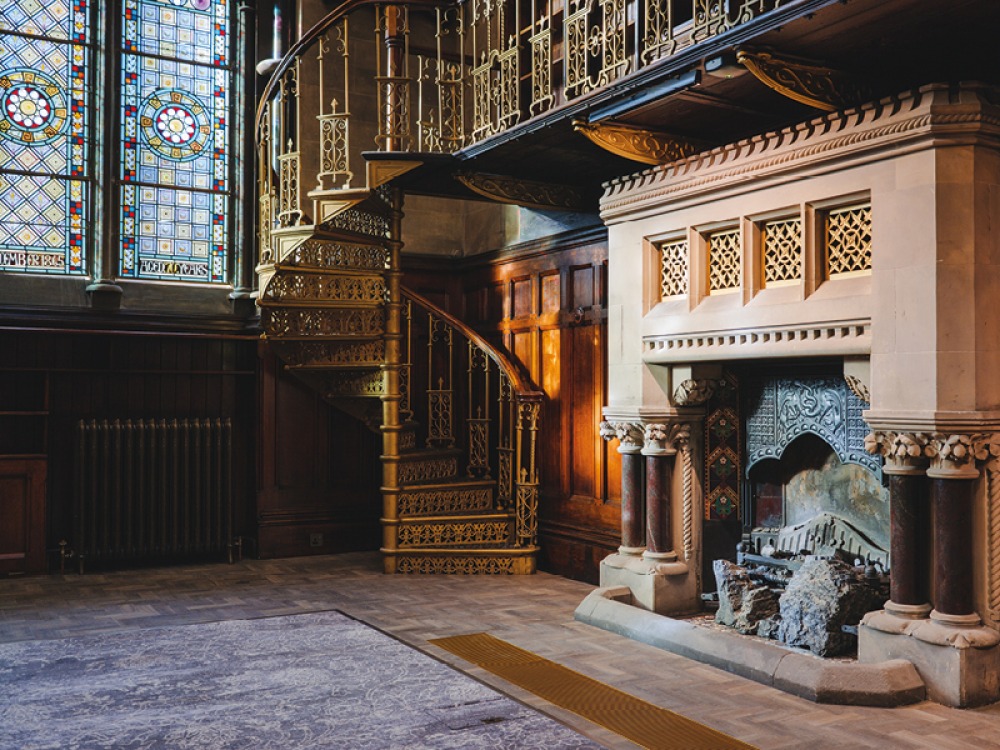
Read More: Living North’s Publisher Julian West Heads Back to Swinton Park
Plenty of North East names were involved in the institute, including Lord Armstrong and mining engineer and entrepreneur John Buddle. Nicholas Wood was the founding President of the institute. He was good friends with civil and mechanical engineer George Stephenson, who, Liz reveals, was actually illiterate until the age of 18. ‘Nicholas Wood’s expertise was in technical drawing, so he would take the ideas and innovation and turn it into something that could be replicated,’ she says. ‘Their relationship was so close that George then apprenticed [his son] Robert Stephenson to Nicholas Wood and his innovations continued.’ Liz points to the large Stephenson Monument which sits just across the road, and contrasts that with Nicholas Wood’s, which is hidden away in the building.
There are timeless stories behind the faces on the walls of the Lecture Theatre here. Liz highlights George ‘Geordie’ Elliot as a ‘colourful character’. He owned several mines across the country, had a very glamorous lifestyle, and was friends with Bram Stoker. One of the ‘quieter’ innovators was Edward Fenwick Boyd (the fourth President of the North of England Institute of Mining and Mechanical Engineers). ‘He was instrumental in getting Newcastle University started,’ explains Liz. ‘When the building opened, Durham University had their College of Physical Sciences in the building and that then later became Newcastle University’s Engineering Department,’ she adds.
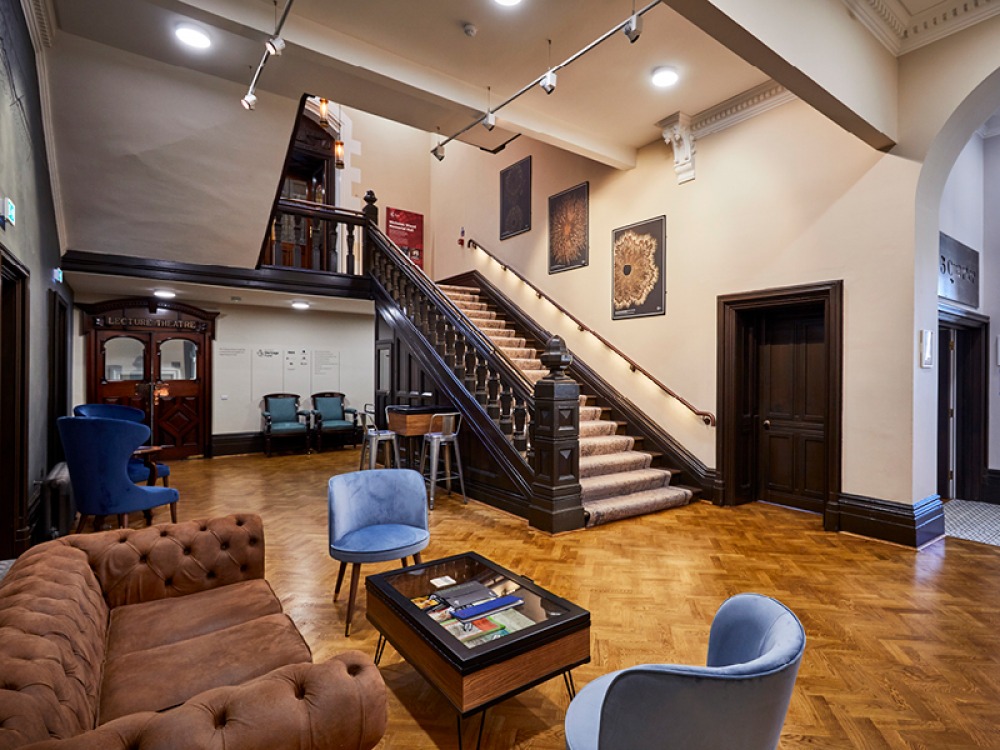
Of course there are plenty of women who were trailblazers in the North East’s industrial heritage too, and The Common Room hasn’t forgotten them. Some are actually celebrated in one of their September events: Howay the Lasses, a public concert which will close their Game Changers summer anniversary festival on 10th September. This highlighted the life and times of female engineers like Rachel Parsons, notable historic figures such as Roman writer Severa, and pioneering inventors like Janet Taylor.
With the nationalisation of coal in the 1950s the fortunes of the institute gradually began to decline, and since then members of the institute have been trying to find a way to keep it going. The restoration of Neville Hall has made that possible. The building is Grade-II* listed so the work was restricted and had to be well thought out to make sure it safely allowed for accessibility. With a section of Hadrian’s Wall under the paving in the courtyard, Newcastle Central Station at the back of the property, a tunnel to one side and the Lit & Phil at the other, Neville Hall is pretty landlocked. ‘Restoring a building to its former glory like this can cost a fortune and there really hasn’t been much investment in the last 40 years. All the stonework needed fully restoring and the stained glass in the Wood Hall needed to be taken off site, cleaned and brought back by specialist contractors,’ Liz explains. ‘The central core of the building was fully demolished but we couldn’t use a crane because of the constraints of the site. The contractors, Brims Construction Ltd (who are Sunderland-based) were brilliant and really knew what they were doing. There’s a new-build central core with some offices at the top.’ This means The Common Room team’s offices don’t use the important heritage spaces. ‘We sit up in the chimneys like Mary Poppins,’ Liz laughs.
Read More: The Newcastle Statues that have Inspired Poetry Featured on the BBC
The team had already factored Hadrian’s Wall into their plans, but other discoveries along the way meant the contractors faced more challenges. ‘We were thankful we didn’t find any more Roman archaeology at the ground floor because we could’ve faced another challenge,’ Liz continues. ‘There was also a rumour of the Denton Tunnel which might run under the building (but wasn’t found). However, there was a bit of subsidence in one of the rooms and when they went in to fill it, the contractor lost a drill bit down a void – and they found a medieval well. Then they found another one later on. In the void above one of the corridors, there was a lowered ceiling so the contractor knocked it through to check what was in there. On both sides were book shelves. It was like a secret room but there was no way in and no way out, so we don’t know what it was there for. We love that kind of thing!’
With the building now open to the public, The Common Room’s vision is to use the region’s unique heritage to inspire the next generation of innovators and engineers, but opening up the building has also opened up fantastic spaces for events, lectures and celebrations. As we chat on the ground floor, and excited children flock through the door with their parents (we’re approaching the end of the school holidays), we ask Liz what visitors can expect, and realise that the charity’s name sums it up perfectly. ‘It’s the essence that we welcome everyone here, and it builds on the legacy of innovation that you need different people from different organisations to innovate – that’s still true today,’ Liz explains.
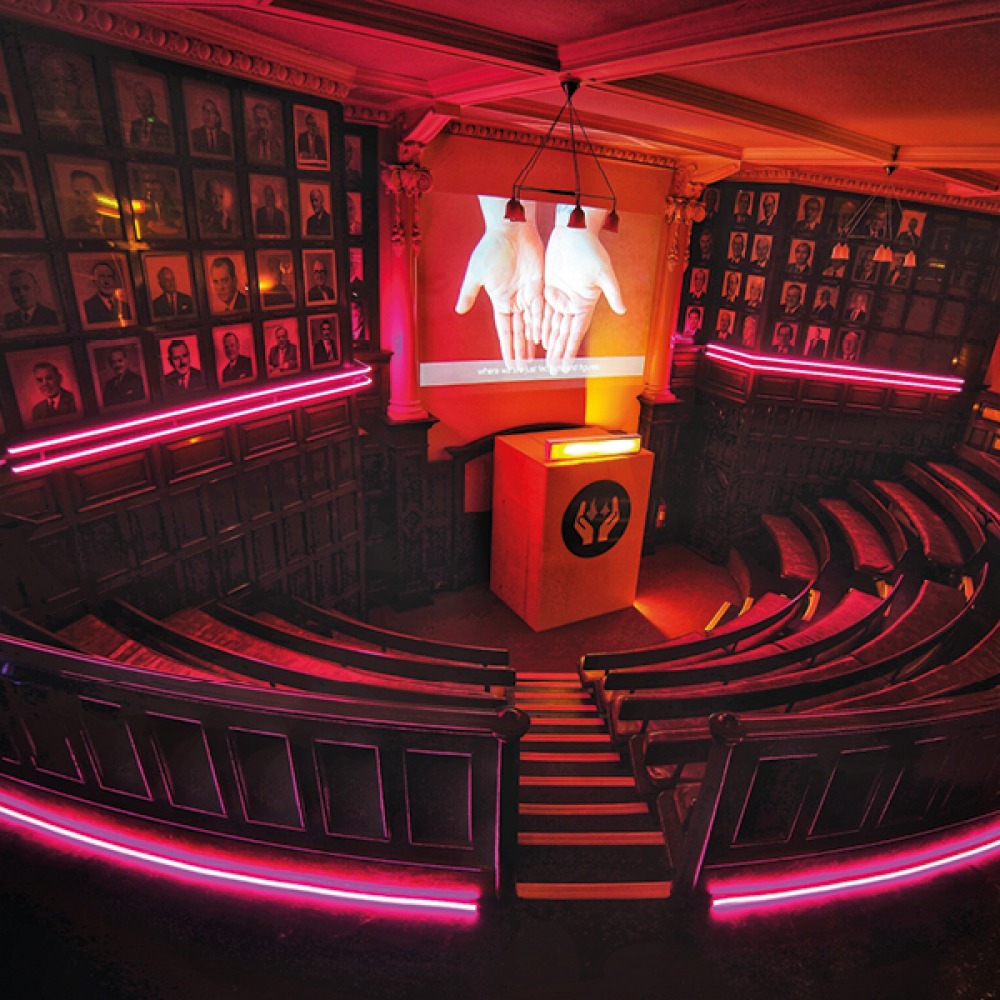
The Game Changers festival is coming to an end and Liz is looking to October half term. They also host a series of Lego workshops which have proved popular, and they are planning film screenings in the Lecture Theatre for Halloween. ‘For next year, we’re currently working on a three-day festival to inspire women in engineering where we have industry and commerce professions, a schools’ day and a family day,’ Liz adds. ‘The things we focus on in the school holidays are definitely for families. It’s about sparking that first interest into STEM and engineering in young people. All of the evidence shows that you need frequent interventions on STEM.’ Their strong relationships with schools mean The Common Room can run workshops both within the building and in local schools. When young professionals come into the building they support their leadership and development, but also help inform The Common Room’s programme and offering. But everyone is welcome to dig deeper into the institute’s archive.
‘We want people to have a journey with this building,’ Liz continues. ‘They might come in aged six for a Lego workshop but then end up doing an engineering apprenticeship and return with a corporate partner as part of their training. They might also want to book their wedding here, celebrate their 21st birthday or book a business meeting.
‘We think we have got two of the most fantastic spaces for weddings in Newcastle, if not the region. The stained glass in the Wood Hall is phenomenal as a backdrop and you wouldn’t get that sort of quality outside a church. Because we’ve got such flexibility, we can offer all sorts of different things. The Lecture Theatre is also licensed for weddings. Some will have their ceremony in there then go upstairs for the reception. Weddings are important to us, along with other family celebrations and events. We’ve catered for events for 15 to 150 in our spaces and it’s also great for businesses conferences.’ With the addition of their ground floor café bar 5|Quarter, and space for 325 guests across three floors, the options are vast.
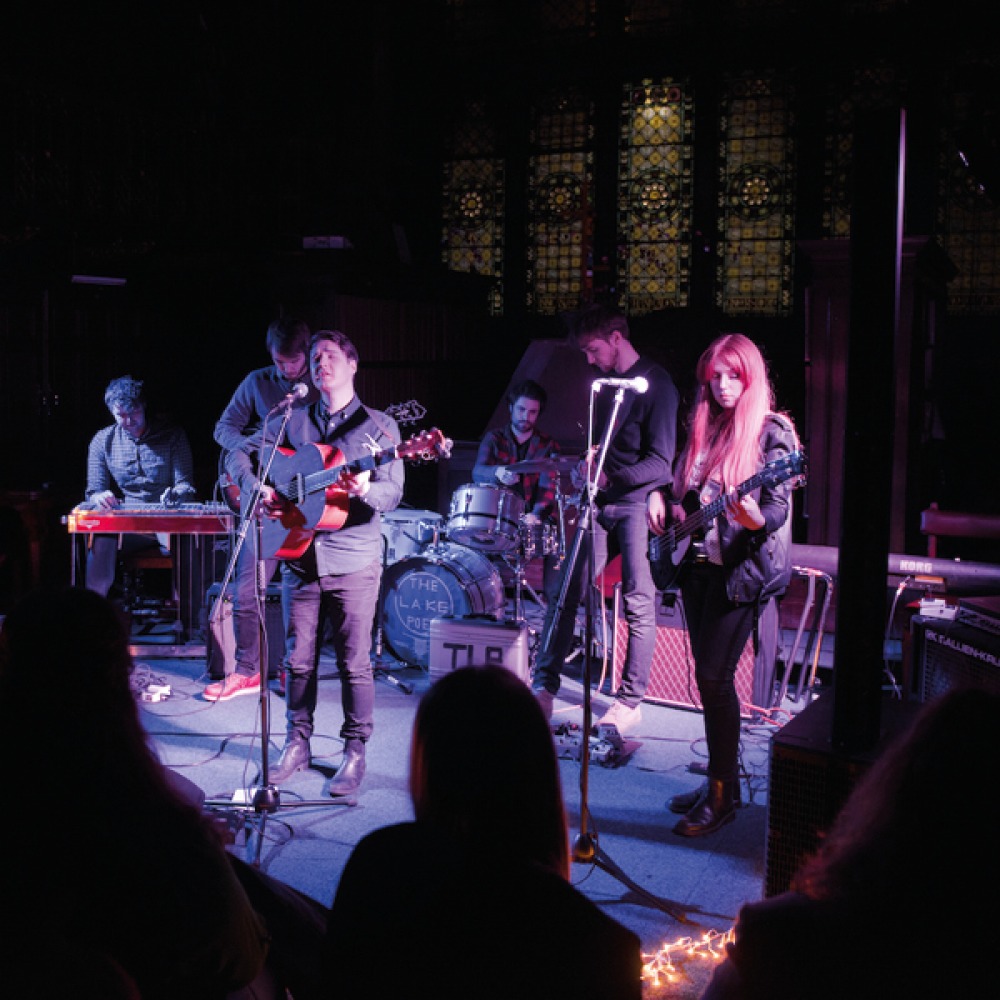
Read More: The Plant Workshop Owners on Making a Difference with House Plants
Although everyone should visit this amazing building to truly understand its importance, digitising some of the offerings has also proved useful for The Common Room. ‘We produced a lot of digital resources during Covid, so on the website you can also find our podcast series,’ says Liz. ‘Really it’s about making sure that people who might not be able to come here can understand what we’re about.
‘We’re just on the cusp of launching phase two of the website which is several years of work (and we’re nowhere near finished in terms of the project) but we’ve been digitising our collection. The bulk of our collection is printed materials (books, journals and maps rather than objects). Our library and archives manager Jen Hillyard has been working with a team to digitise these. Very shortly on the website, there’ll be a searchable online collection – that means that people can better understand what we have, and it helps with the conservation of the items.’ Such items include one of the original copies of the Eiffel Tower plans, which Liz points out to us on our tour of the building. Only 500 were produced and Gustave Eiffel signed and sent a copy to The Mining Institute. Liz showed us a replica – the original is preserved in their collection.
In 2018, Neville Hall welcomed more than 34,500 visitors during the Great Exhibition of the North and Liz is excited to see more faces inside the building – she loves seeing their first impressions as visitors explore. ‘We also want people to understand that by supporting us and using our venue, they’re contributing to a charity,’ she adds. ‘That supports us to inspire young people into good jobs and great careers. It’s more than just a venue. For the future, it’s about giving that buzz back.’






